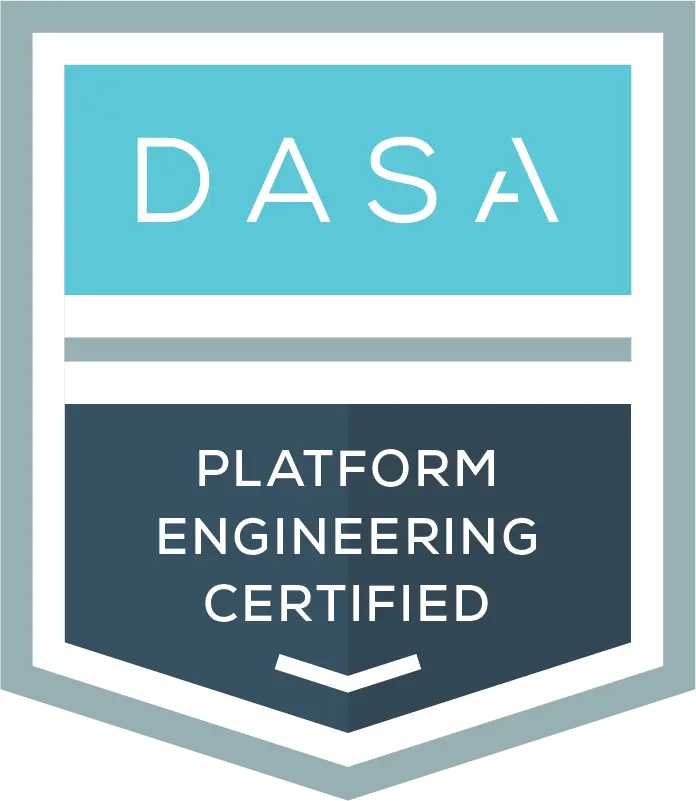Managing your stakeholders is an iterative process that incorporates the following
steps in each cycle:

Step 1: Identify Stakeholders
- List stakeholders relevant to a specific project or initiative within their organization.
- Consider stakeholders from various departments, levels of influence, and areas of expertise.
Step 2: Analyze Stakeholders
- Once stakeholders are identified, the next step is to analyze the list of stakeholders.
- Categorize stakeholders based on their level of influence and interest in the project.
- Identify potential risks or concerns each stakeholder might have based on their roles and responsibilities.
Step 3: Plan Stakeholder Engagement
- Develop a plan for engaging with each category of stakeholders identified.
- Outline strategies for addressing concerns, gaining support, and maintaining positive relationships.
- Use tailored approaches based on stakeholder analysis.
Step 4: Engage Stakeholders
- Each group presents their stakeholder engagement plan to the class.
- Encourage them to discuss potential scenarios or challenges they might face when implementing their strategies.
- Facilitate a discussion on effective communication techniques and methods for engaging stakeholders effectively.
Step 5: Monitor Stakeholders
- Monitor stakeholders’ reactions and adjust their strategies based on feedback received.
- Continuously communicate and ensure feedback loops throughout the project lifecycle.
Step 6: Evaluate Effectiveness
- Evaluate the effectiveness of their stakeholder engagement strategies.
- Discuss what worked well, what could be improved, and any unexpected challenges encountered.


DASA Platform Engineering
DASA Platform Engineering certification program ensures all stakeholders become champions of Platform Engineering, clearly articulating its value. It enables teams to align the platform vision with organizational goals, treat the platform as a product, design an optimal developer experience, and maintain customer-centricity.


